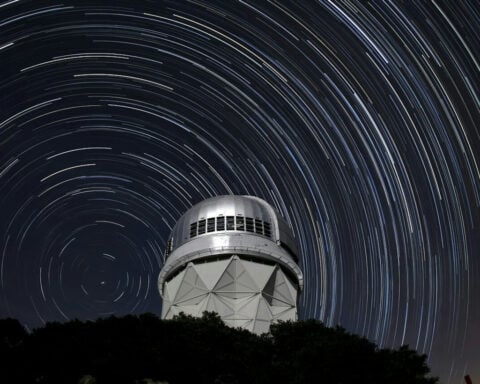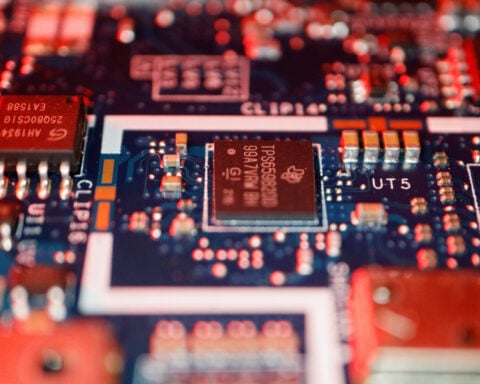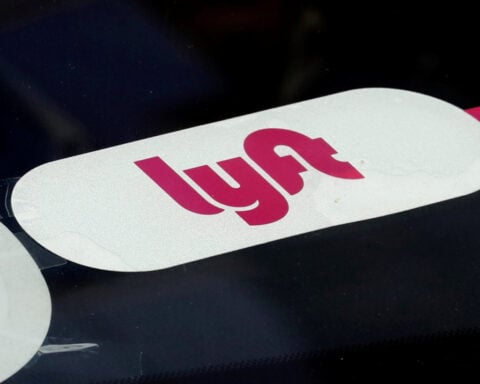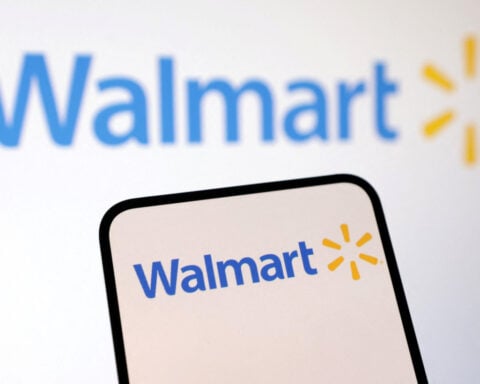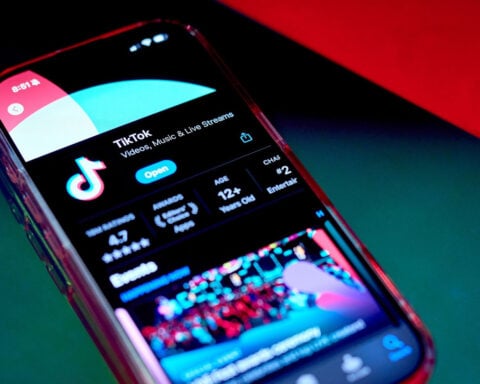Apple announced on Sept. 12, 2023, that it plans to adopt the USB-C connector for all four new iPhone 15 models, helping USB-C become the connector of choice of the electronics industry, nine years after its debut. The move puts Apple in compliance with European Union law requiring a single connector type for consumer devices.
USB-C is a small, versatile connector for mobile and portable devices like laptops, tablets and smartphones. It transfers data at high speeds, transmits video signals and delivers power to charge devices’ batteries. USB stands for Universal Serial Bus. The C refers to the third type, following types A and B.
The USB Implementers Forum, a consortium of over 1,000 companies that promote and support USB technology, developed the USB-C connector to replace the older USB connectors as well as other types of ports like HDMI, DisplayPort and VGA. The aim is to create a single, universal connector for a wide range of devices.
The key features and benefits of USB-C include a reversible connector that you can insert in either orientation. It also allows some cables to have the same connector on both ends for connecting between devices and connecting devices to chargers, unlike most earlier USB and Lightning cables.
USB-C’s widespread adoption in the electronics industry is likely to lead to a universal standard that reduces the need for multiple types of cables and adapters. Also, its slim and compact shape allows manufacturers to make thinner and lighter devices.
USB-C refers to the physical connector. Connectors use a variety of data transfer protocols – sets of rules for formatting and handling data – such as the USB and Thunderbolt protocols. USB-C supports USB and Thunderbolt, which makes it suitable for connecting laptops, smartphones, tablets, monitors, docking stations and many other devices.
The latest USB protocol, version 4, provides a data transfer rate of up to 40 gigabits per second, depending on the rating of the cable. The latest Thunderbolt, also on version 4, supports up to 40 gigabits-per-second data transfer and 100 watts charging. The newly announced Thunderbolt 5 will support up to 80 and 120 gigabits-per-second transfer and 140 to 240 watts power transfer over a USB-C connector.
What Apple’s shift to USB-C means.
Why USB-C matters
Due to the fragmented nature of technology evolution, computer users a decade ago were struggling with too many connectors: USB for data; power cables for charging; HDMI, DisplayPort or VGA for video; and Ethernet for internet. This called for an industrywide effort to convergence on an all-purpose connector.
Since its introduction in 2014, USB-C has gained widespread popularity and has already become the connector of choice for most non-Apple devices. Apple converted the iPad Pro to USB-C in 2018 and now is doing the same for the best selling Apple device, the iPhone. Some market forecasts suggest there will be close to 4 billion USB-C connector sales by 2025 and 19 billion by 2033.
Thanks to the industrywide adoption of USB-C, consumers soon won’t have to ask “Is this the right connector?” when they reach for a cable to charge or sync their portable devices. And if you’re an iPhone user and find yourself with a new model, you can recycle your no-longer-needed Lightning cables by, for example, bringing them to an Apple store.

Shreyas Sen receives research funding from a variety of sources, including federal government, state government, and private enterprises. The full list can be seen from his CV at https://tinyurl.com/ShreyasSenVitae. He is the Founder and CTO of the startup, Ixana. Shreyas was a Research Scientist at Intel Labs from 2011 to 2015 where he was the recipient of an Intel Award for impact on USB-C.

 Trump has begun another trade war. Here's a timeline of how we got here
Trump has begun another trade war. Here's a timeline of how we got here
 Canada's leader laments lost friendship with US in town that sheltered stranded Americans after 9/11
Canada's leader laments lost friendship with US in town that sheltered stranded Americans after 9/11
 Chinese EV giant BYD's fourth-quarter profit leaps 73%
Chinese EV giant BYD's fourth-quarter profit leaps 73%
 You're an American in another land? Prepare to talk about the why and how of Trump 2.0
You're an American in another land? Prepare to talk about the why and how of Trump 2.0
 Chalk talk: Star power, top teams and No. 5 seeds headline the women's March Madness Sweet 16
Chalk talk: Star power, top teams and No. 5 seeds headline the women's March Madness Sweet 16
 Purdue returns to Sweet 16 with 76-62 win over McNeese in March Madness
Purdue returns to Sweet 16 with 76-62 win over McNeese in March Madness
